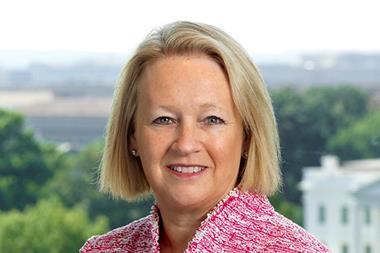ERM figures highly in rating process
A.M. Best Co. has issued a new rating methodology which outlines how risk management is incorporated into the overall rating process for insurers and reinsurers, and explores the key risk-management trends in the insurance industry.
A.M. Best believes it is important to note that the objective of risk management is not to eliminate risk and volatility, but to understand it and manage it.
The rating agency considers ERM as a natural extension of an insurer’s fundamental risk-management and capital-management practices, with the foundation still rooted in sound traditional controls and policies.
A.M. Best believes ERM encompasses three key areas.
Culture—the establishment of an environment throughout an organization, from the board level to senior management to business line management to the employee, that embeds risk awareness and accountability in daily operations.
Identification and Management—the ability to consistently identify key risks across the entire organization, and to establish uniform controls and procedures to effectively manage and mitigate the impact of those risks to the organization.
Measurement—the use of sophisticated tools and data collection to quantify risks, including the impact of risk correlations within and among the five categories of risk, considering the impact of general economic conditions, industry-specific events and extreme events, and report these risk assessments to senior management on a regular basis.
A.M. Best believes that assessing an insurer’s risk-management capabilities—within the context of determining an insurer’s financial strength—should be viewed in light of a company’s scope of operations and the complexity of its business.
A.M. Best is exploring ways to incorporate stochastic modeling in the development of risk factors within its proprietary capital model, and to more directly tie probability of default to the determination of capital required to support individual rating levels. A.M. Best will also be expanding the use of company-provided capital models in our development of capital requirements within the rating evaluation process.
It said: ‘Insurer’s that can demonstrate strong risk-management practices that are integrated into its core operating processes, its corporate “DNA”, and effectively execute its strategy, will maintain favorable ratings in an increasingly dynamic operating environment.’

















No comments yet